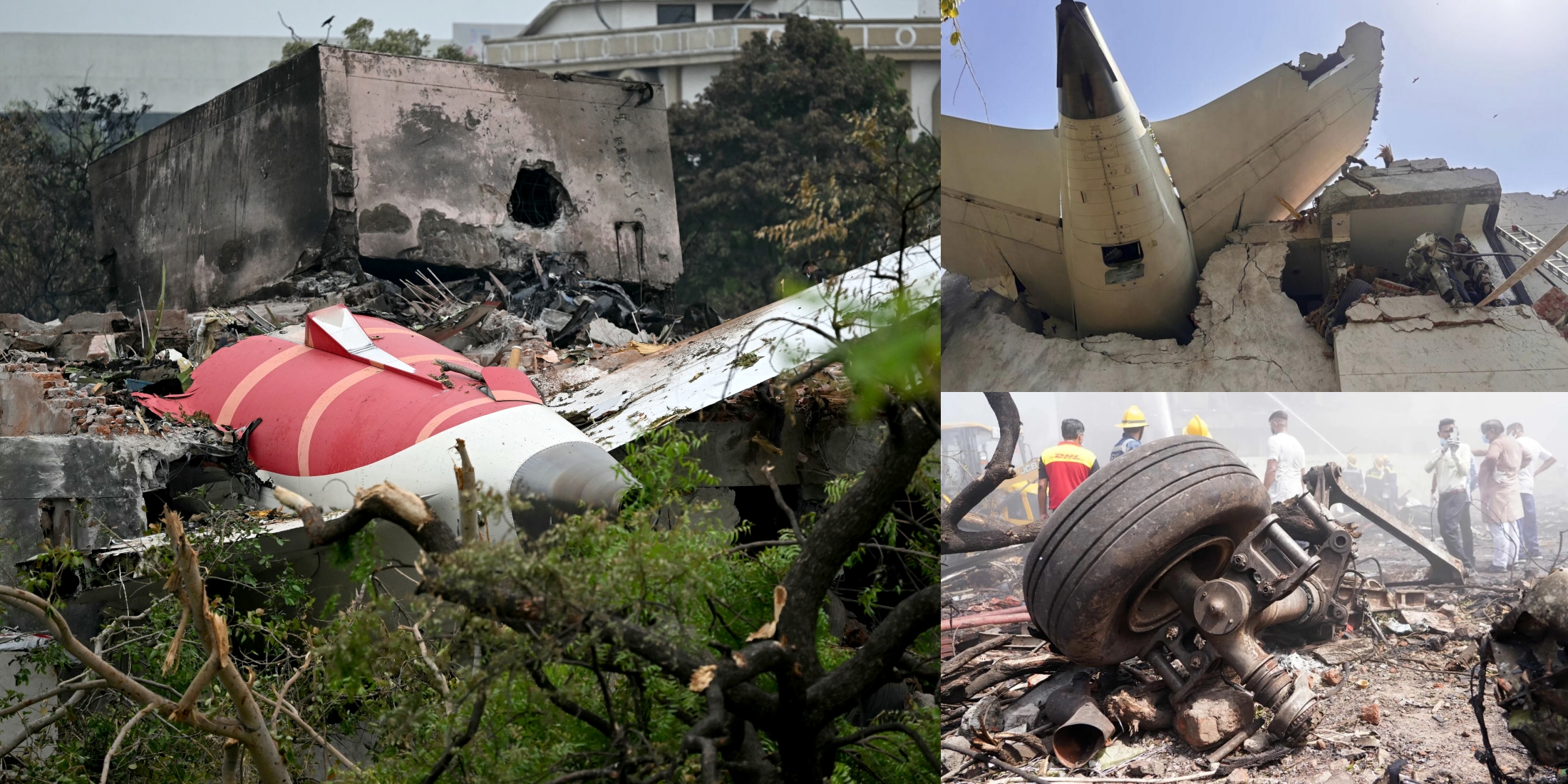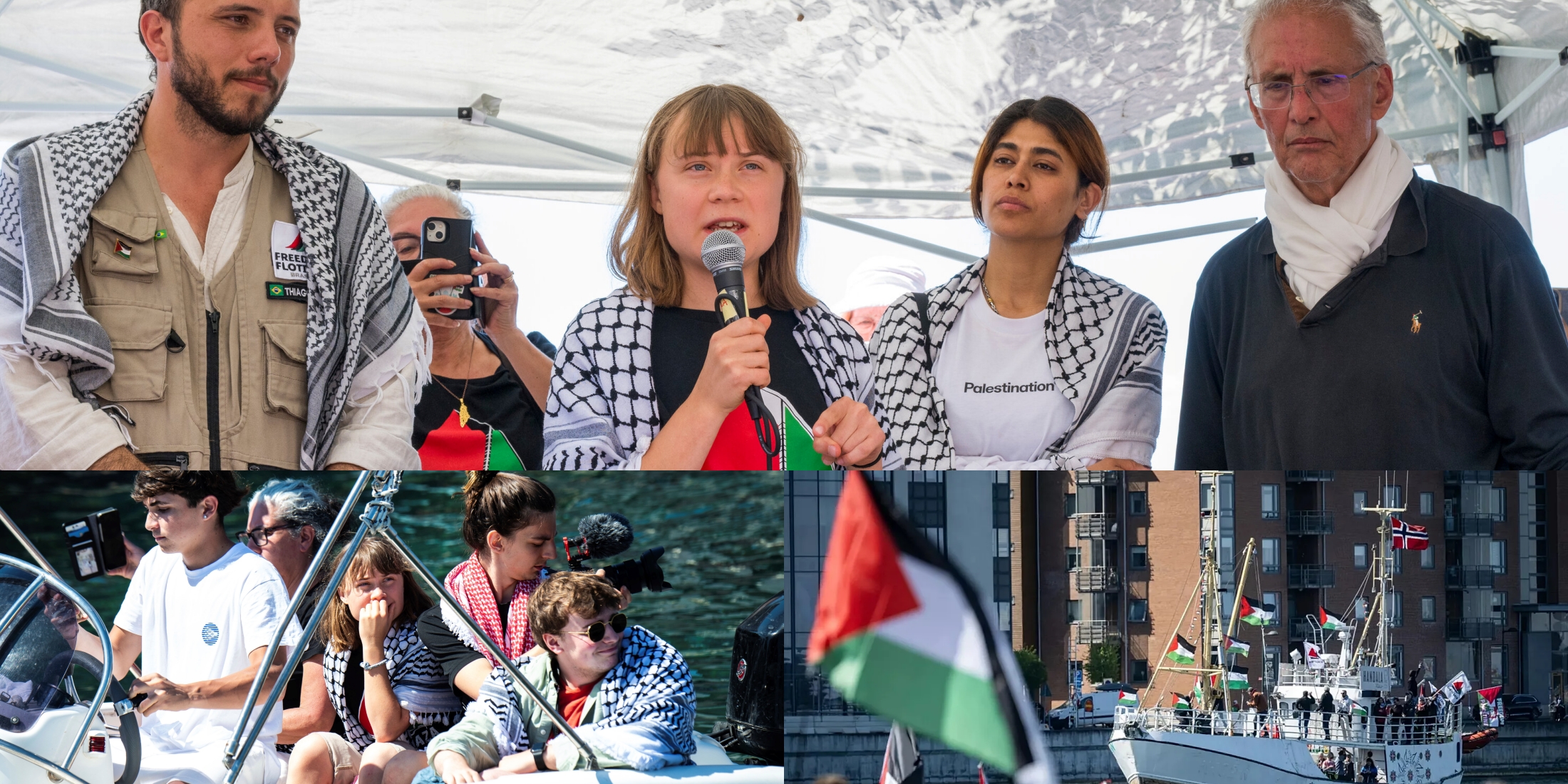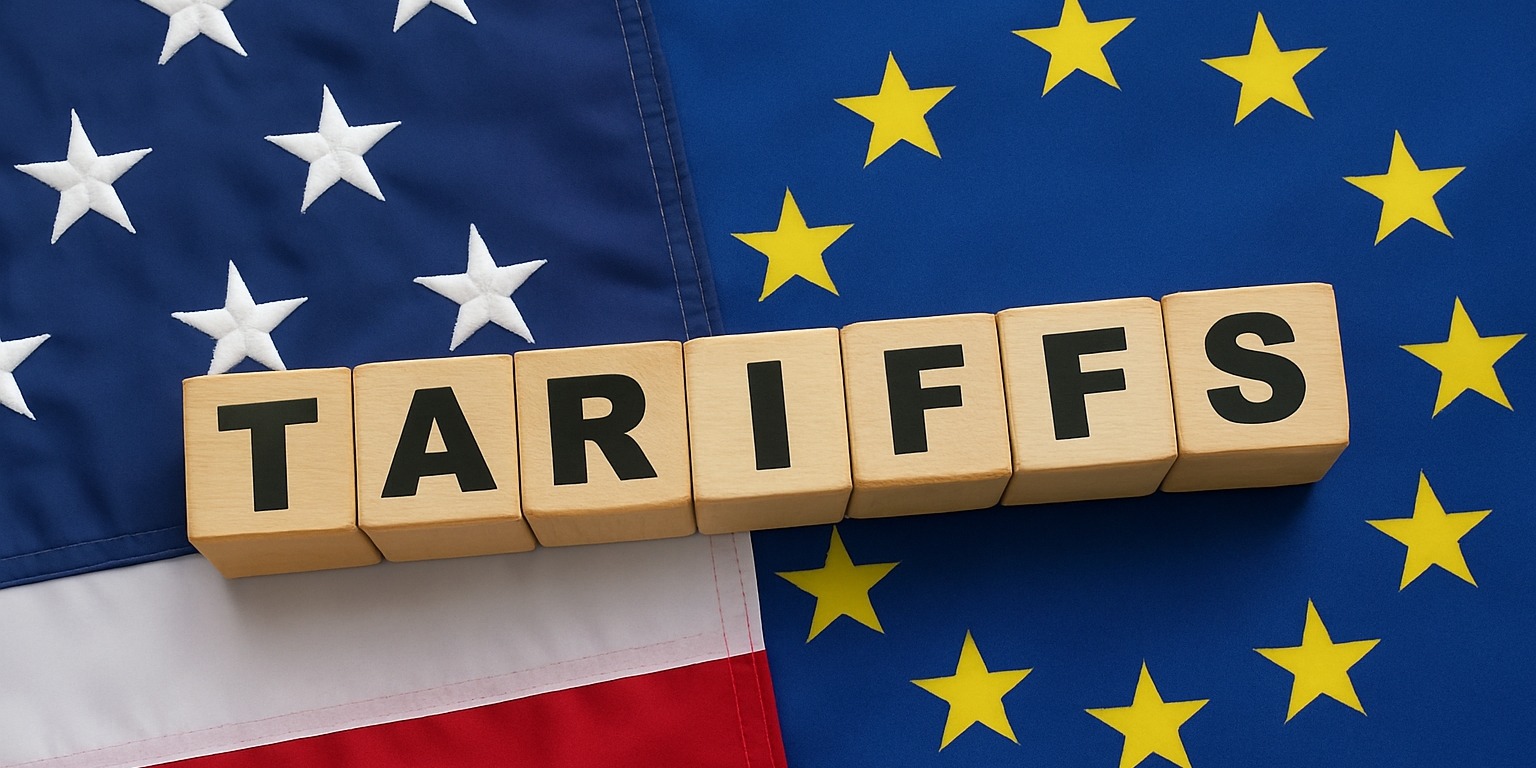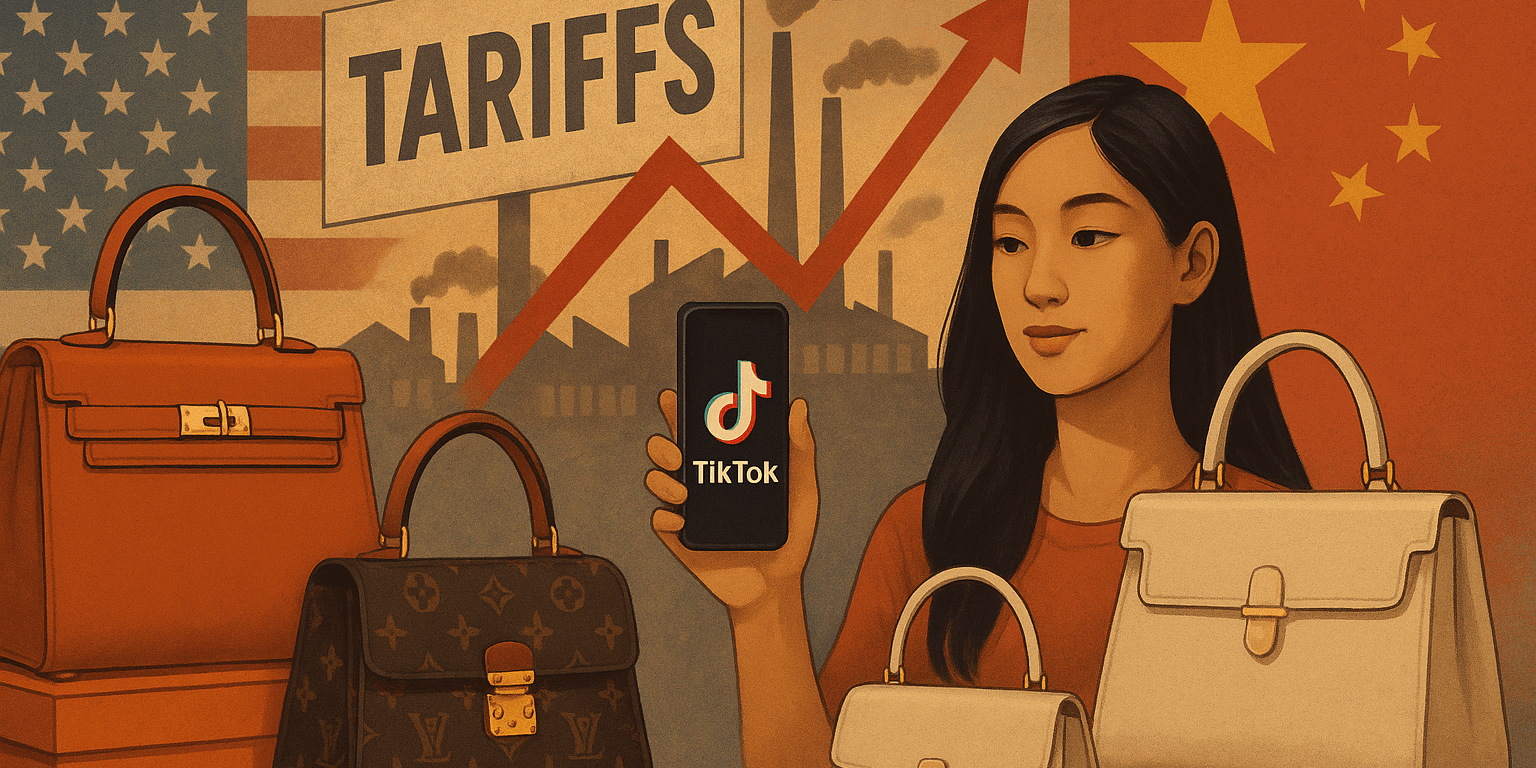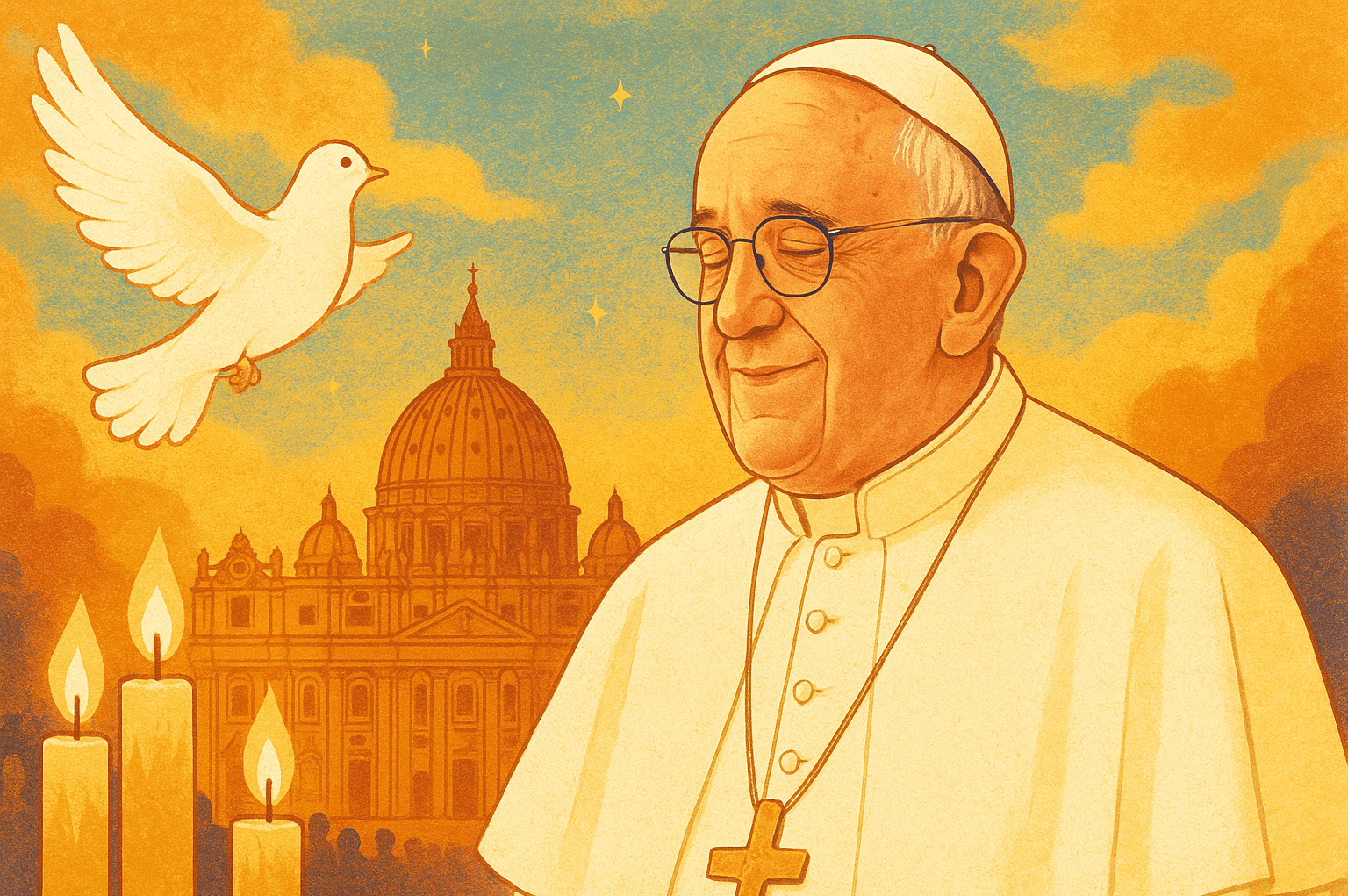This pressing question underlines the importance of COP29, in which leaders of the world met in Baku to address the aggravating climate crisis.
COP29 was the latest United Nations Framework Convention on Climate Change (UNFCCC) summit. It built upon the actions of COP28, including increasing renewable energy threefold by 2030 and aimed to further global climate finance, cuts in emissions, and the adaptation agenda. However, there are major challenges, especially in fossil fuel policies and fair funding.
This analysis looks at COP29, its achievements in terms of transparency on climate finance, and its failures in energy and adaptation. Has the conference changed climate action, or is it still full of unanswered questions?
Overview of COP29
COP29 took place in Baku, Azerbaijan, from November 11th to November 22nd in 2024 and involved government, activists, NGOs, and fossil fuel industry actors. The conference aimed to advance global climate action with a focus on three main goals: increasing aid for the least developed countries, completing the architecture of carbon markets, and defining the place of hydrocarbons in the transition of energy.
One of the important statements was the commitment to reach $ 300 billion per year for climate finance by 2035. Although this number is an improvement over the previous $100 billion target, it is still far from the $1.3 trillion needed to meet global climate needs. The new commitment contains a provision that has raised controversy. It requires some of the more developed countries in the developing world to contribute voluntarily, a departure from the previous frameworks that pinned the responsibility on developed nations.
The preparations for COP30, which is to be held in Brazil, are already on the cards as the Paris Agreement will complete a decade in the coming year. It is expected to concentrate on operationalizing the 2023 Global Stocktake, strengthening the 2030 renewable energy, phasing down fossil fuels, and updating NDCs. Some of the major outstanding items left from COP29, including the just transition framework and fossil fuel obligations, will likely remain focal points.
Perhaps one of COP29’s biggest accomplishments was the establishment of a universal carbon trading system under Article 6 of the Paris Accord. This framework allows countries and businesses to sell carbon credits and extend billions to climate change mitigation measures. The COP29 President Mukhtar Babayev said Article 6 “will be a game-changing tool to direct resources to the developing world.”
The commitment to mobilize $300 billion annually for climate finance by 2035 was a positive development, but the amount still falls short of the $1.3 trillion needed yearly to address climate issues, especially in developing nations.
Although welcomed with a certain amount of caution, the pledge was met with questions on the possibility of the pledge being implemented.
The outcomes of COP29 create a basis for further increasing the pace at COP30 in Brazil, which is to be the 10th anniversary of the Paris Agreement. Countries are supposed to improve their renewable energy goals and finalize the transition to just energy.
Challenges and Criticisms of COP29
At COP29, skeptics claimed that the $300 billion for climate finance was inadequate to the $1.3 trillion per annum demanded by the developing world. The vulnerable countries complained that they were given very general timelines and that they were unable to access the funds.
Politics also played a role in the summit as well. The possibility of Donald Trump’s return to the White House triggered questions about policy rollover, while China remained adamant in its dominance in renewable energy and climate financing. These changes in leadership only served to amplify other questions regarding the coherence of international climate policy.
While COP29 did not establish new emission-cutting targets, UNEP has noted that the present efforts are likely to result in a global temperature rise of 3.1°C by the end of the century, far from the 1.5°C limit set in the Paris Accord. UN Secretary-General António Guterres said, “We’re playing with fire, but there can be no more playing for time. We’re out of time.”
The summit also showed that there is a significant gap between ambition and implementation, which is why COP30 is so important. There was no agreement on the shift from fossil fuel energy sources, especially from countries such as Saudi Arabia; these debates are expected to remain a major focus at COP30 in Brazil.
This has again brought back the need for leadership and sustained effort as goals on global temperature are further pushed to the extremes.
There are, therefore, both prospects and risks for developing nations. Thus, using carbon markets and climate finance tools like the $300 billion goal, it is possible to ensure that investments will fuel sustainable development. Yet, access remains limited by these processes, and it is important to reduce their complexity.
Concluding Remarks
COP30 needs to rectify the structural issues of COP29; these include increased representation of developing nations, assigning responsibility to end fossil fuel use, and increased financing for adaptation. Some of the undertakings made under the Paris Agreement, especially on transparency, have to be strictly monitored in order not to be rolled back.
COP29 made some progress, but it also exposed the rift in climate change mitigation and management. This is because as we approach COP30, the consideration of equity and accountability can help fill the gaps. Christiana Figueres stressed that, despite all the imperfections, the COP process is the only way to achieve systemic change.



